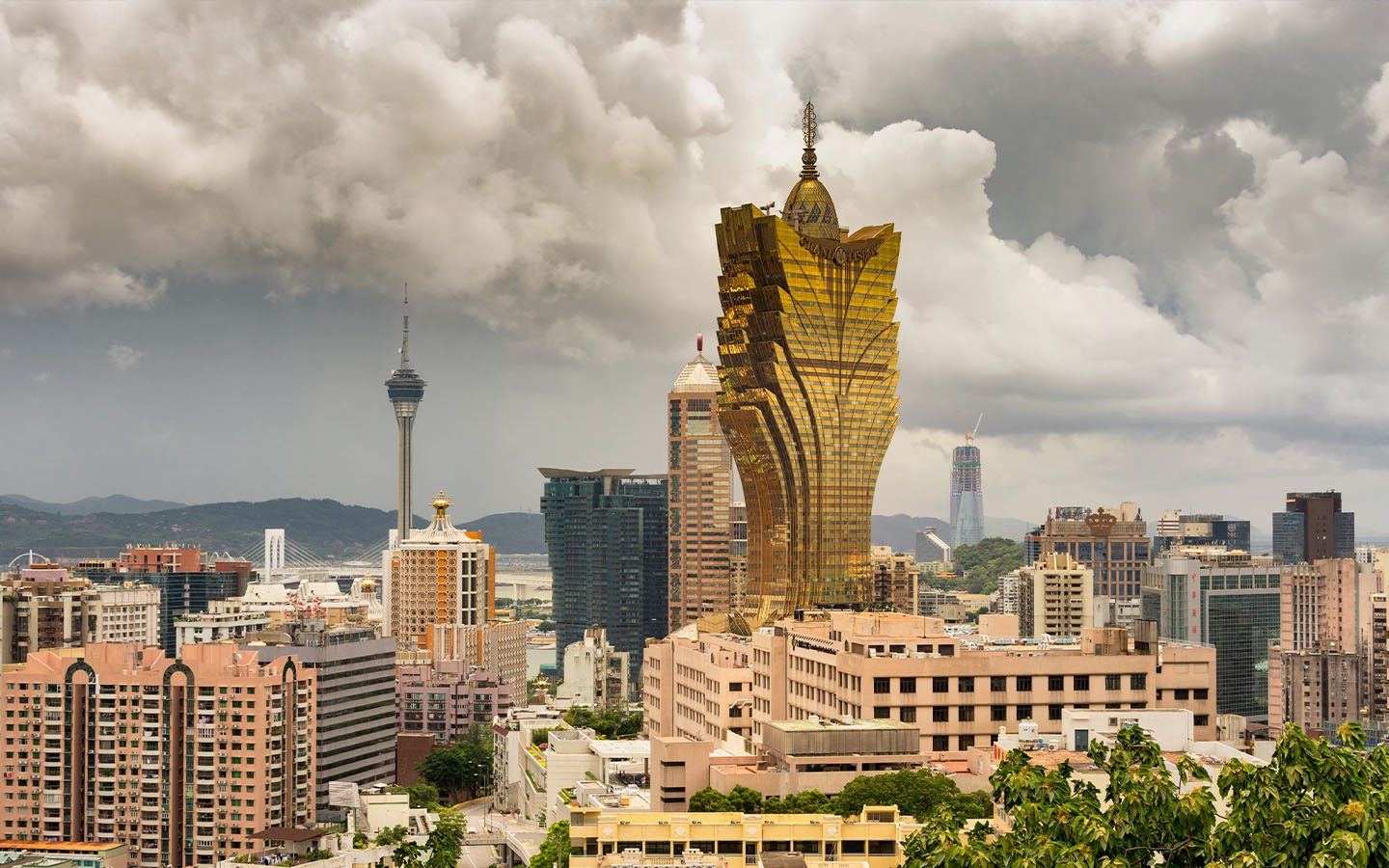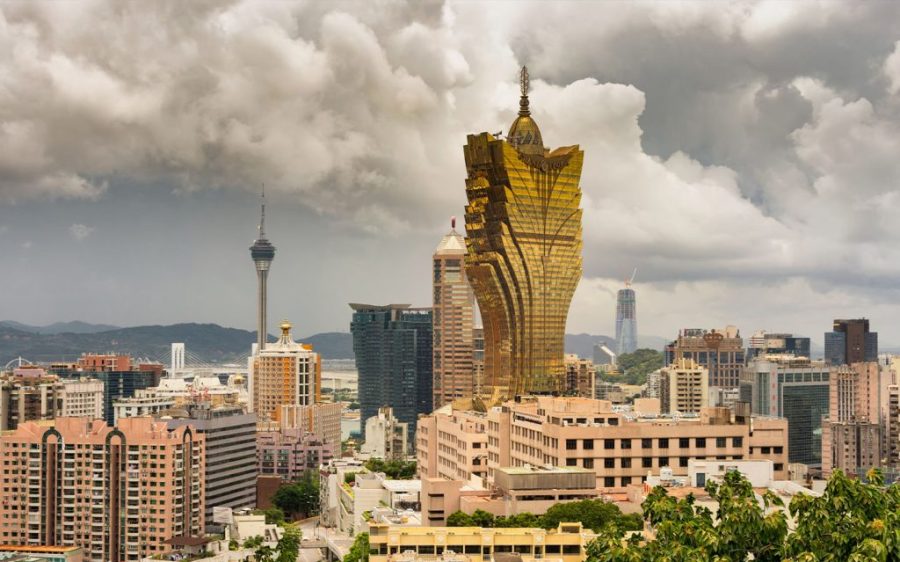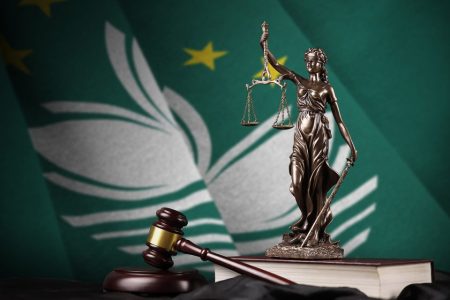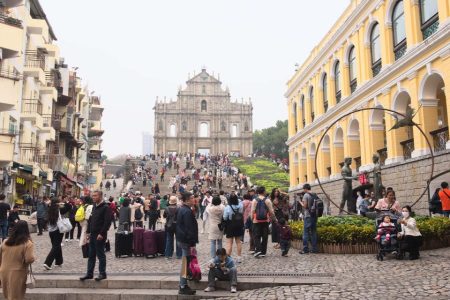Although all typhoon signals have been lowered with the passage of tropical storm Toraji, two other cyclones have formed east of the Philippines and have entered or are moving toward the South China Sea.
They bring to four the number of typhoons that have formed in the western North Pacific and South China Sea in November: the first time this has happened since records began. Scientists attribute the phenomenon to climate change, saying that global warming will lead to more frequent storms and more severe weather.
According to the Meteorological and Geophysical bureau, severe tropical storm Man-yi is currently in the Philippine Sea and moving west at around 30 kph towards the archipelago. On its current track, Man-yi will come within 200 kilometres of Macao next Wednesday.
Severe typhoon Usagi is meanwhile about 840 kilometres east-southeast of Macau and is likely to move northwest towards southern Taiwan. It should remain more than 400 kilometres from Macao.
[See more: Extreme weather events in Macao are on the rise, says top weather official]
Meteorologists say a strong northeast monsoon is meanwhile expected to reach the south China coast in the coming days, bringing appreciably cooler weather and rain patches. The combination of the monsoon and tropical cyclone Man-yi, which will enter the central and northern parts of the South China Sea early next week, will create blustery conditions.
Currently, a strong monsoon signal is in effect in Macao and winds have the potential to affect traffic on city bridges.
Road users are advised to pay attention to traffic safety. Motorcyclists are urged to travel between the peninsula and Taipa through motorcycle lanes on the Sai Van Bridge or Macau Bridge.
Organisers say the 71st Macau Grand Prix will continue in spite of the wet and windy conditions. Trackside fixtures that were vulnerable to high winds were reinforced or removed earlier this week, as tropical storm Toraji approached the territory.






